At this rate of growth, we're seven or eight days out from intersection. Authorities don't know what is even happening, much less how to address stopping it. The Examiner:
The initially estimated 200 by 200 feet sinkhole that developed late last week, swallowing ancient cypress trees 100 feet tall near Bayou Corne and Grand Bayou communities in south Louisiana, is now reported to be 380 feet deep with a diameter of 372 feet, filled mainly with salt water with traces of diesel fuel, and only 1,500 feet from a cavern filled with butane, according Tuesday morning news. Analysts' reports further hint that Texas Brine Company's cavern failed, but the butane cavern failing is today's worst-case scenario.
If a nearby butane-filled cavern fails, as it appears the brine cavern did, "it could cause an explosion felt up to two miles away," Fox News 8 reported Tuesday morning. "That's the worst-case scenario."
"All we can tell you right now is we still have bubbling in the bayou and we still don't know what happened and some scientists have pointed out to us that it could go from 200 feet to 2000 feet real quickly. We don't know," said Assumption Parish Sheriff Michael Waguespack on Monday.
After releasing information to the public Monday that the bayou sinkhole is over 380 feet deep, researchers report Tuesday that the diameter of the hole is now 372 feet and has now "swallowed" an acre of the once pristine swampland before oil, gas and salt miners arrived.
Water analysis shows that the water in the sinkhole is comprised mainly of salt water and diesel, both used to stabilize unused salt caverns, officials say.
Some closed salt caverns have diesel fuel at the top as a “pad” to prevent erosion of the salt from the brine, explained John Boudreaux, director of the Assumption Parish Office of Homeland Security and Emergency Preparedness.
Monday's disclosures possibly point to Louisiana Department of Natural Resources officials’ suggestions Friday that the sinkhole was caused by the possibly failed Texas Brine cavern.
“It’s suspect,” Boudreaux said.
Texas Brine company mined deep below the surface for decades but plugged the mine last year by filling it with 20 million barrels of brine, a process that meets the definition of environmental modification, ENMOD.
The company brought geologists from Florida to establish the best way to learn what's going on beneath the surface. Until they know and disclose more about the crisis, homeowners who evacuated might not be able to return, according to Fox News. Residents who did not follow the mandatory evacuation advisory for the area might reconsider. Roughly half of the some 300 people under mandatory evacuation orders remained.
Eventually, sinkholes stop growing. There is still the possibility that the sinkhole will quit growing before meeting the butane cavern. That's the best case scenario. But inertia seems to be indicating otherwise. More to come..
The initially estimated 200 by 200 feet sinkhole that developed late last week, swallowing ancient cypress trees 100 feet tall near Bayou Corne and Grand Bayou communities in south Louisiana, is now reported to be 380 feet deep with a diameter of 372 feet, filled mainly with salt water with traces of diesel fuel, and only 1,500 feet from a cavern filled with butane, according Tuesday morning news. Analysts' reports further hint that Texas Brine Company's cavern failed, but the butane cavern failing is today's worst-case scenario.
If a nearby butane-filled cavern fails, as it appears the brine cavern did, "it could cause an explosion felt up to two miles away," Fox News 8 reported Tuesday morning. "That's the worst-case scenario."
"All we can tell you right now is we still have bubbling in the bayou and we still don't know what happened and some scientists have pointed out to us that it could go from 200 feet to 2000 feet real quickly. We don't know," said Assumption Parish Sheriff Michael Waguespack on Monday.
After releasing information to the public Monday that the bayou sinkhole is over 380 feet deep, researchers report Tuesday that the diameter of the hole is now 372 feet and has now "swallowed" an acre of the once pristine swampland before oil, gas and salt miners arrived.
Water analysis shows that the water in the sinkhole is comprised mainly of salt water and diesel, both used to stabilize unused salt caverns, officials say.
Some closed salt caverns have diesel fuel at the top as a “pad” to prevent erosion of the salt from the brine, explained John Boudreaux, director of the Assumption Parish Office of Homeland Security and Emergency Preparedness.
Monday's disclosures possibly point to Louisiana Department of Natural Resources officials’ suggestions Friday that the sinkhole was caused by the possibly failed Texas Brine cavern.
“It’s suspect,” Boudreaux said.
Texas Brine company mined deep below the surface for decades but plugged the mine last year by filling it with 20 million barrels of brine, a process that meets the definition of environmental modification, ENMOD.
The company brought geologists from Florida to establish the best way to learn what's going on beneath the surface. Until they know and disclose more about the crisis, homeowners who evacuated might not be able to return, according to Fox News. Residents who did not follow the mandatory evacuation advisory for the area might reconsider. Roughly half of the some 300 people under mandatory evacuation orders remained.
Eventually, sinkholes stop growing. There is still the possibility that the sinkhole will quit growing before meeting the butane cavern. That's the best case scenario. But inertia seems to be indicating otherwise. More to come..







































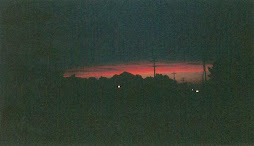





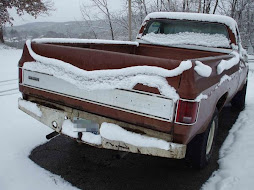

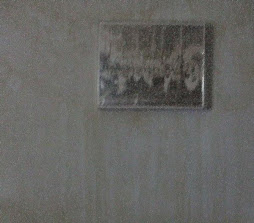





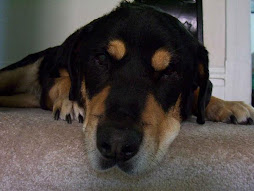
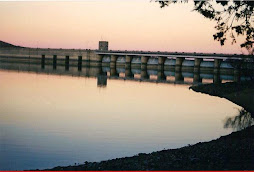















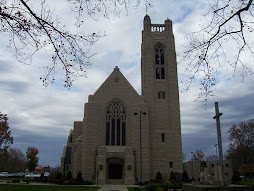









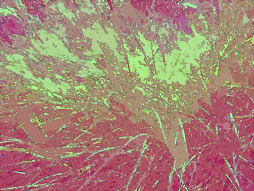
























No comments:
Post a Comment